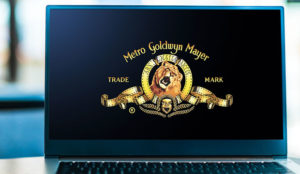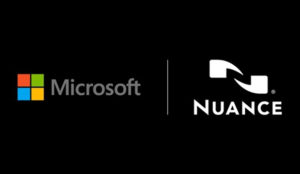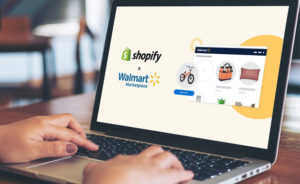
Time on Thursday announced an agreement to acquire the assets ofViant Technology.
The deal will let Time combine its premium content, subscriber data and ad inventory with Viant’s first-party data and targeting technology to bring value to clients of both platforms, Time said.
Viant’s performance platform will let Time take part in the US$34 billion performance advertising segment by doing the following:
- Directing ad delivery to optimal audiences;
- Linking devices back to real people; and
- Turning ad spending into sales and closing the return-on-investment loop.
“We’re going to be able to deliver both data-driven capabilities and premier content in a single platform now and will stand apart from those that deliver one or the other,” Time spokesperson Jill Davison said.
“We’ll be able to deliver advertising targeted to optimal audiences across various devices,” she told the E-Commerce Times.
What Viant Brings to the Table
Viant has a database of 1.2 billion people, which it describes as one of the largest registered user databases. It owns leading digital ad technology and media companies, including Specific Media, Vindico, Myspace and Xumo.
The company uses that database instead of cookies for a number of advertising apps it offers on demand in the Viant Advertising Cloud.
Viant’s solutions include platforms for identity management, media execution and data analysis.
“This is a technology play for Time Inc.,” said Jon Schulz, Viant’s chief marketing officer.
Viant’s Advertising Cloud platform will allow Time “to more effectively target relevant messages to their customers and measure the real impact, both online and in-store. Viant and Time Inc. are very complementary in that regard,” he told the E-Commerce Times.
Part of the reason for the purchase is that “you have media companies wanting to control the underlying technology on which their advertising is bought and sold,” observed Mike Goodman, a research director at Strategy Analytics.
“This puts them in a stronger position when it comes to negotiate with advertising agencies and advertisers,” he told the E-Commerce Times.
One such deal was Verizon’spurchase of AOL last year, Goodman said.
AOL last monthbought AlephD for similar reasons.
Time also has been “making a number of digital media acquisitions, and the Viant technology goes right into their target advertising strategy,” Goodman remarked.
What’s in It for MySpace?
Myspace was the world’s largest social networking site from 2005 to 2008, when it was overtaken by Facebook and then languished. It generally is regarded as a has-been, although it’s still extant and is jointly owned by Viant company Specific Media and singer Justin Timberlake.
“I’m of two minds about Myspace,” Goodman said. “On the one hand, it’s a media property, and Time Inc. has been on a media acquisition spree lately, so it makes sense. On the other hand, Myspace isn’t all it’s cracked up to be even as a music site, so they might think of spinning it off.”
However, Specific Media last year began developing Myspace into a consumer-focused online media property targeting kids who are just hitting their teens, and that might prove to be a plus.
Myspace gave Specific Media about a billion registered users — which is first-party data, considered the holy grail of online advertising because advertisers can confirm the actual people being targeted. That is what Time is seeking to leverage.
Integration Challenges
“There’s always going to be integration issues,” Goodman said. “You don’t just snap your fingers and integrate something. It’s going to take a year or two before everything’s running smoothly.”
However, the integration should be “pretty seamless” and show immediate benefits, Viant’s Schulz said. “The Viant Advertising Cloud has a straightforward user interface and robust capability.”
The transaction should close in March, Time’s Davison said.























































Social Media
See all Social Media